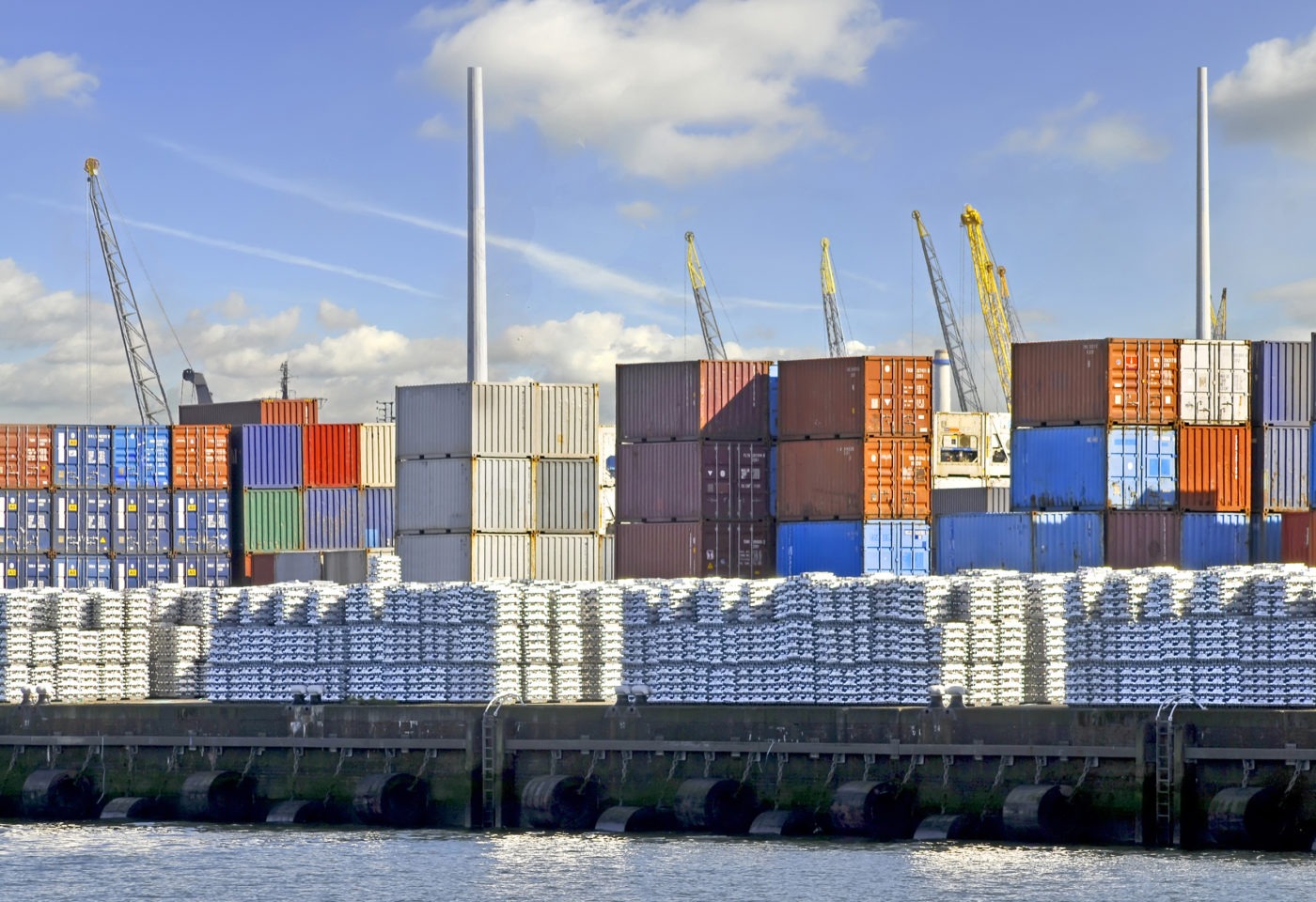By Carlo Dade & John Law
Published in the Globe and Mail
October 30, 2019
Canada is a trading nation. Trade generates 66 per cent of the ongoing income to pay for things we want and need, like those promised during the just-concluded electoral campaigns. Now is when reality sets in, including how to sustainably pay for things such as university grants, pharmacare, tax cuts and other promises.
Taxing only works if there is income to tax. For Canada, a lot of that income – the country’s gross domestic product (GDP) – comes from selling abroad. The problem is that just as new trade agreements in Europe and the Asia-Pacific have created opportunities to earn this income by selling more goods to better markets, confidence in those markets over our ability to actually deliver goods has fallen off of a cliff.
It is an issue in desperate need of attention and discussion.
On one hand, despite trade frictions with China and the United States, the trade picture for Canada elsewhere is promising. The country has signed new, multilateral, better-than-NAFTA agreements that have opened large, rich and important markets in Asia and Europe – and has done so ahead of the Americans. This has created an unprecedented window of real opportunity for Canada to get ahead. Yet, at the same time as markets are opening, customers in those markets are telling us that they do not trust Canadian supply chains to deliver; that Canada’s trade networks make us an unreliable partner.
Over the past decade, the two major trackers of confidence in trade infrastructure, the World Economic Forum (WEF) Competitiveness Index and the World Bank Logistics Performance Index have tracked a general downward slide in Canada’s rankings. Although Canada declined to 14th best of 141 countries in the WEF’s 2019 overall ranking of competitiveness from 12th in 2018, crucial areas reflected a more serious drop. Our country declined from a high of 10th best in transport infrastructure in 2008, and 13th in 2018, to 32nd this year. Under the World Bank rankings, Canada has fallen from being seen as 10th best in 2007 to 20th last year.
These are not quantitative measures by technicians standing at rail and road junctions with clipboards. They are a measure that is arguably more important for our ability to export; they measure what clients and customers think of our ability to deliver. Are we a good source from which to buy? A good partner to place long-term bets as a privileged supplier?
These rankings focus on the infrastructure to move goods – road, rail, water and air. They do not include perceptions of quality of pipelines or lack thereof. As bad as the news of our perception abroad appears, if pipelines were factored in, it would have to be much worse.
But forget pipelines for the moment: The news we have is bad enough. Harder questions are being asked abroad about our ability to deliver all products at the time when demand on our transportation and logistics system is increasing from a rise in overall global demand for the quality food and commodities we produce. Transport Canada estimates a 2-per-cent to 3-per-cent rise in demand per year for transportation services in Canada; modelling from the Canada West Foundation shows steady increases in demand as the trans-Pacific trade pact comes on line. With new members already queuing up to join the pact, that demand will only grow and along with it our best opportunity to diversify into new markets and away from dependence on China and the U.S.
But can Canada meet that demand?
The private sector, including our ports and railroads, are ramping up spending and making substantial new investments; new grain companies have entered the market and are experimenting with more efficient logistics. But this is not moving perception in Canada’s foreign markets. For that to happen, there has to be a larger signal from the government that trade infrastructure is important. That signal is a national action plan that has permanence beyond electoral campaign slogans such as infrastructure banks that solve problems that Canada does not have.
Fixing our trade infrastructure and securing our ability to earn the money from trade that we need to build the country and society that we want takes seriousness and a long-term focus beyond the campaign cycle.
We have laid out some ideas at the Canada West Foundation, as have others. These ideas need to enter the national debate and top the priority list for the government as it struggles to figure out how to sustainably pay for everything promised.
Carlo Dade is the director of Canada West Foundation’s Trade and Investment Centre and John Law is a senior fellow at the foundation. They are the authors of What Now? Building a bridge to trade opportunities: A long-term approach to trade infrastructure planning
